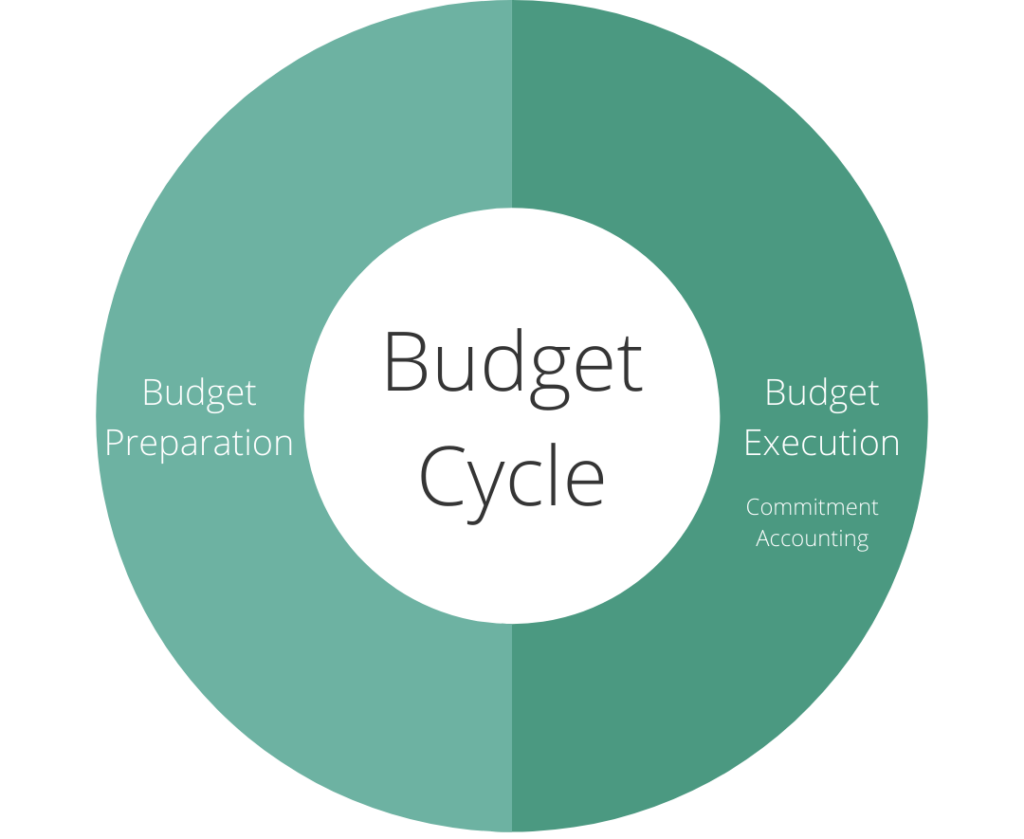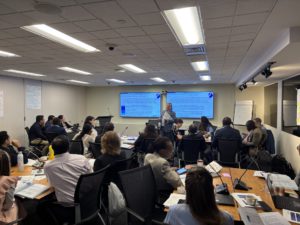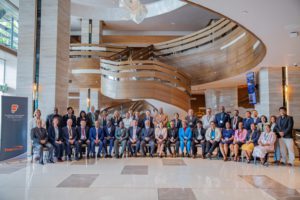
What is GRP Software?
Governments don’t have shareholders. They report to citizens, and citizens demand transparent and open government.
That’s where GRP software comes in.
FreeBalance has developed Commercial Off-the-Shelf (COTS) Government Resource Planning (GRP) application and platform software to meet the unique needs of government resource planning. It’s enterprise-class and designed to support whole-of-government implementations.
FreeBalance’s GRP solutions for central, regional and local governments provide predictability and control over budget execution, sound public finances and greater fiscal stability through improved transparency and accountability.
The FreeBalance Accountability Suite™ can be equally effectively be used in other public sector verticals such as public health, transport, utilities and social services.
Download White Paper



